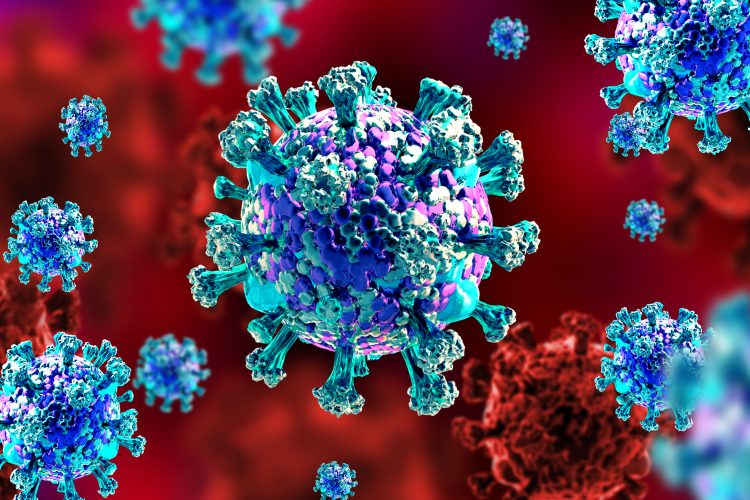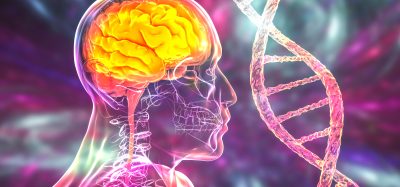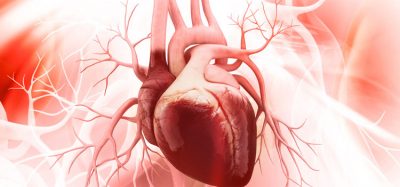Novel target could treat both SARS-CoV-2 and other coronaviruses
Posted: 10 December 2020 | Hannah Balfour (Drug Target Review) | No comments yet
Scientists shows targeting cholesterol or phosphatidylinositol phosphate (PIP) could be a promising strategy to combat multiple coronaviruses.


Researchers have identified critical molecular processes in human cells that coronaviruses – including SARS-CoV-2 – use to survive. According to the team, inhibiting phosphatidylinositol phosphate (PIP) biosynthesis and/or cholesterol homeostasis could treat not only COVID-19 infections, but other existing and future coronaviruses.
Coronaviridae are a family of viruses that cause a range of disease in humans, from the common cold with mild respiratory symptoms to COVID-19 (the disease caused by SARS-CoV-2 infection) where patients may develop the potentially lethal Acute Respiratory Distress Syndrome (ARDS). Prior to the outbreak of SARS-CoV-2 in 2019, two other severe coronaviruses had caused outbreaks – the SARS-CoV virus that caused a deadly Severe Acute Respiratory Syndrome (SARS) epidemic in 2002 and the Middle Eastern Respiratory Syndrome virus (MERS-CoV), which has caused outbreaks in the Middle East.
“There have now been multiple coronavirus outbreaks, so it is clear this virus family has high pandemic potential,” said Dr Andreas Puschnik, a principal investigator at the Chan Zuckerberg Biohub and one of the leaders of the study published in Cell. “COVID-19 is not the last coronavirus infection we will be dealing with.”
When a coronavirus infects someone, it hijacks their cellular machinery to promote its own survival, replication and spread, resulting in the death of the host cell. To try and identify drug targets that could broadly suppress many coronaviruses, researchers at the Gladstone Institutes and the Chan Zuckerberg Biohub, both US, in collaboration with scientists at University of California San Francisco (UCSF) and Synthego Corporation, used a CRISPR Cas9 screen to identify which mutations may make human cells less vulnerable to three different coronaviruses – SARS-CoV-2 and two common cold viruses, OC43 and 229E.
Obviously, for each virus, mutations in the viral entry factors – ACE2 for SARS-CoV-2, aminopeptidase N for 229E and glycosaminoglycans for OC43 – made cells less vulnerable to infection with that specific virus. However, the team also found some genetic mutations that prevented all three coronaviruses from successfully infecting and killing the cells. These were mutations in genes known to control the balance of two types of lipid molecules in human cells, namely cholesterol and PIP.
While it was known that some viruses need cholesterol to enter cells, it had not been studied in the context of coronaviruses when this study started. Similarly, PIP is known to play a role in forming the small vesicles that viruses often use to travel into and around cells, but it had not been directly linked to SARS-CoV-2 before.
In the study, they verified the importance of cholesterol and PIP genes for coronavirus infection by engineering cells to completely lack them and then infected tried to infect the mutant cells with the viruses. Cells lacking these genes were protected from infection by all three coronaviruses. Similarly, when the team used existing compounds to disrupt the balance of PIP or cholesterol, the cells were less susceptible to infection by any of the viruses.
These team therefore suggest that targeting cholesterol or PIP could be a promising strategy to combat multiple coronaviruses.
“For viruses, the traditional view has been that we design drugs against unique viral targets, and that means it takes time to develop a drug each time there’s a new virus,” said the other study leader, Dr Melanie Ott, director of the Gladstone Institute of Virology, who is also a professor in the Department of Medicine at UCSF. “If we could develop a few broader antiviral drugs that target host cells’ molecules, that would go a long way toward making us better prepared for future pandemic viruses.”
The team concluded that more work would be required to validate the efficacy of drugs targeting PIP and cholesterol – and ascertain whether they can effectively stop coronaviral growth without causing dangerous side effects. The team would also like to repeat the screens using other coronaviruses – including SARS-CoV and MERS-CoV – to determine just how universal the new targets they pinpointed are.
Related topics
Cell-based assays, Disease Research, Drug Targets, Genome Editing, In Vitro
Related conditions
Acute Respiratory Distress Syndrome (ARDS), Coronavirus, Covid-19, Middle East Respiratory Syndrome (MERS), Severe Acute Respiratory Syndrome (SARS)
Related organisations
Chan Zuckerberg Biohub, Gladstone Institutes, Synthego Corporation, University of California San Francisco (UCSF)
Related people
Dr Andreas Puschnik, Dr Melanie Ott








